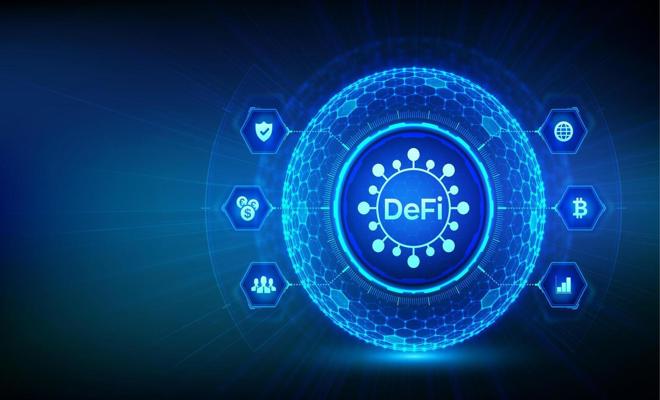
The Future of DeFi: Transforming the Global Financial Landscape
🔍 What is DeFi?
Decentralized Finance (DeFi) represents a radical departure from traditional financial systems. Built on blockchain technology, DeFi enables users to access financial services—such as lending, borrowing, trading, and investing—without relying on centralized intermediaries like banks 🏦 or brokers. At its core, DeFi uses smart contracts, typically on the Ethereum blockchain, to execute transactions in a transparent, trustless, and permissionless manner.
💡 Why DeFi is Disrupting Traditional Finance
Traditional financial systems are often slow, expensive, and exclusive. DeFi, by contrast, operates 24/7 🌍, with minimal fees and without gatekeepers. Anyone with an internet connection and a digital wallet can participate. This openness promotes financial inclusion and democratizes access to capital—particularly for underserved populations in developing regions.
- 🌎 Global Accessibility: No paperwork, no credit checks—just connect and transact.
- 🔒 Enhanced Transparency: All transactions are publicly visible on the blockchain.
- ⚡ Efficiency & Speed: Transactions process in seconds to minutes, not days.
- 🧠 Smart Automation: Smart contracts reduce the need for manual verification.
- 💰 Lower Costs: No middlemen means fewer fees for users.
🚀 Emerging Trends Shaping DeFi’s Future
As DeFi matures, several key trends are reshaping its future and expanding its utility:
- 🔗 Cross-Chain Interoperability: Protocols are developing bridges that allow DeFi platforms to communicate across different blockchains (Ethereum, Solana, Avalanche, etc.).
- 🏛️ Integration with TradFi: Traditional finance institutions are beginning to adopt DeFi technologies for increased efficiency and access to liquidity.
- 📊 Institutional Adoption: Hedge funds and asset managers are exploring DeFi yields and tokenized assets.
- 🛡️ Regulatory Developments: Governments are creating frameworks to guide safe and compliant DeFi growth.
- 🏗️ Layer 2 Scaling: Layer 2 solutions like Arbitrum and Optimism are reducing fees and congestion.
📉 Key Challenges Facing DeFi
Despite its potential, DeFi is not without risks. Understanding these challenges is essential for responsible participation:
- 🐛 Smart Contract Vulnerabilities: Code exploits and bugs have led to major losses in high-profile DeFi hacks.
- 📜 Regulatory Uncertainty: Lack of clear regulation can hinder mass adoption and attract scrutiny.
- 👥 User Experience: Interfaces are often complex, deterring non-technical users.
- 📈 Market Volatility: Crypto asset prices can fluctuate wildly, affecting protocol stability.
- 🎣 Scams & Rug Pulls: Due to its open nature, malicious actors can launch deceptive projects.
🌍 Global Impact of DeFi
DeFi is more than just a technical innovation—it's a movement toward a more inclusive financial future:
- 📱 Banking the Unbanked: Millions around the world gain access to savings, credit, and investment tools.
- 🪙 Tokenized Economies: Real-world assets like real estate, stocks, and commodities can be tokenized and traded globally.
- 🛠️ Financial Empowerment: DeFi allows users to become their own bank, earning passive income via staking and yield farming.
🔮 The Road Ahead for DeFi
The future of DeFi is bright, but not guaranteed. It requires collaboration between developers 👨💻, regulators 🧑⚖️, and users 🌐 to create a robust, secure, and fair financial ecosystem. With innovation moving at a rapid pace, we may see DeFi:
- ✅ Gain regulatory clarity and protection for users
- 📲 Offer mobile-first interfaces for mass adoption
- 🤖 Integrate with AI and machine learning for smarter financial products
- 🌐 Expand into emerging markets and industries
As traditional systems evolve, DeFi is poised to be a central pillar in the financial architecture of the 21st century.
Disclaimer: This article is for informational purposes only and should not be considered financial advice. Please do your own research before engaging with DeFi platforms.